Château de Lassay: The castle of Bluebeard’s widow
This magnificent French castle has a remarkably colourful history, as Desmond Seward explains.
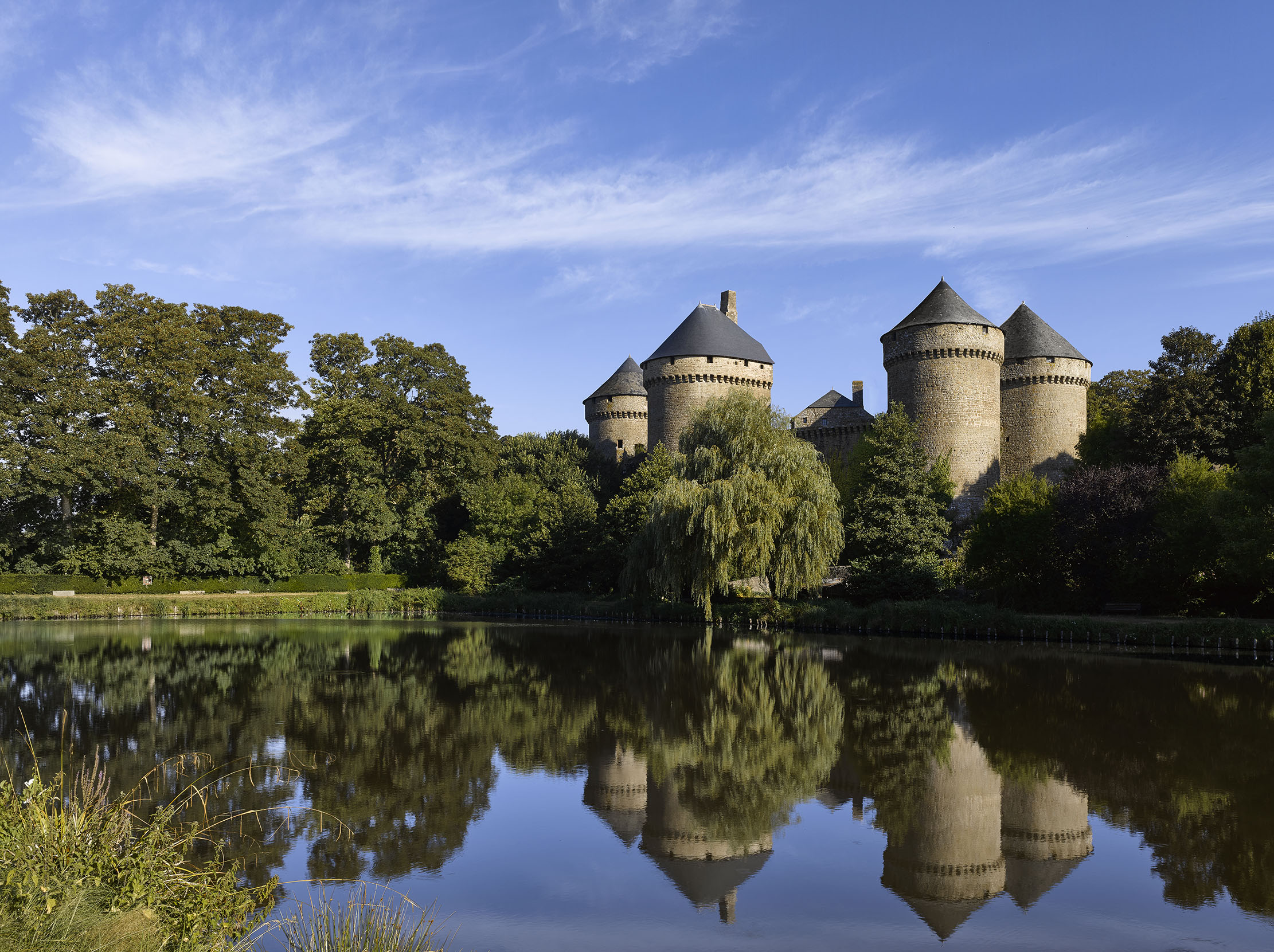

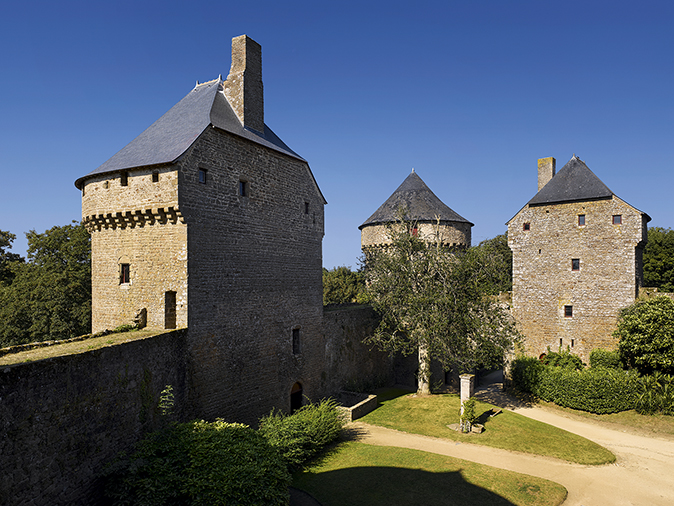
Owners of great houses in France face problems unknown in Britain. Not only was primogeniture abolished by Napoleon (so that children share a parent’s estate equally), but the current economic climate and swingeing taxes make things nightmarish. These are just some of the obstacles that have had to be overcome by the comte and comtesse Aymeri de Montalembert, who are determined to save their ancestral home of Lassay, a château fort that, externally, remains almost as it was in the age of Henry V and Jeanne d’Arc - even the drawbridge works. It was also the home of Bluebeard’s widow, during a second and, one hopes, happier marriage.
In the old province of Mayenne, among rolling countryside with small hills that are often crowned by châteaux or manoirs, the pretty little town of Lassay-les-Châteaux, 37 miles west of Alençon, is very much part of La France Profonde. A legend links it with the Arthurian hero Sir Lancelot and, beneath the former parish church, lie the bones of St Fraimbault, supposedly Lancelot, who spent his repentant old age here under a new name.
The town takes its own name from three great châteaux in easy walking distance of each other: those of Lassay, Bois Thibault and du Bois Frou, although the last two are in ruins. A small castle had been built at Lassay in the 11th century by the baron de Mayenne as protection from their Norman neighbour William the Conqueror, but on the spot where the parish church now stands. A second, much bigger one was built in the 1380s on the present site and is known to have incorporated eight towers, presumably anticipating the present layout of the building. Then, when the Hundred Years’ War revived during the early 15th century, Lassay acquired strategic importance in a frontier land fought over by the French and English.
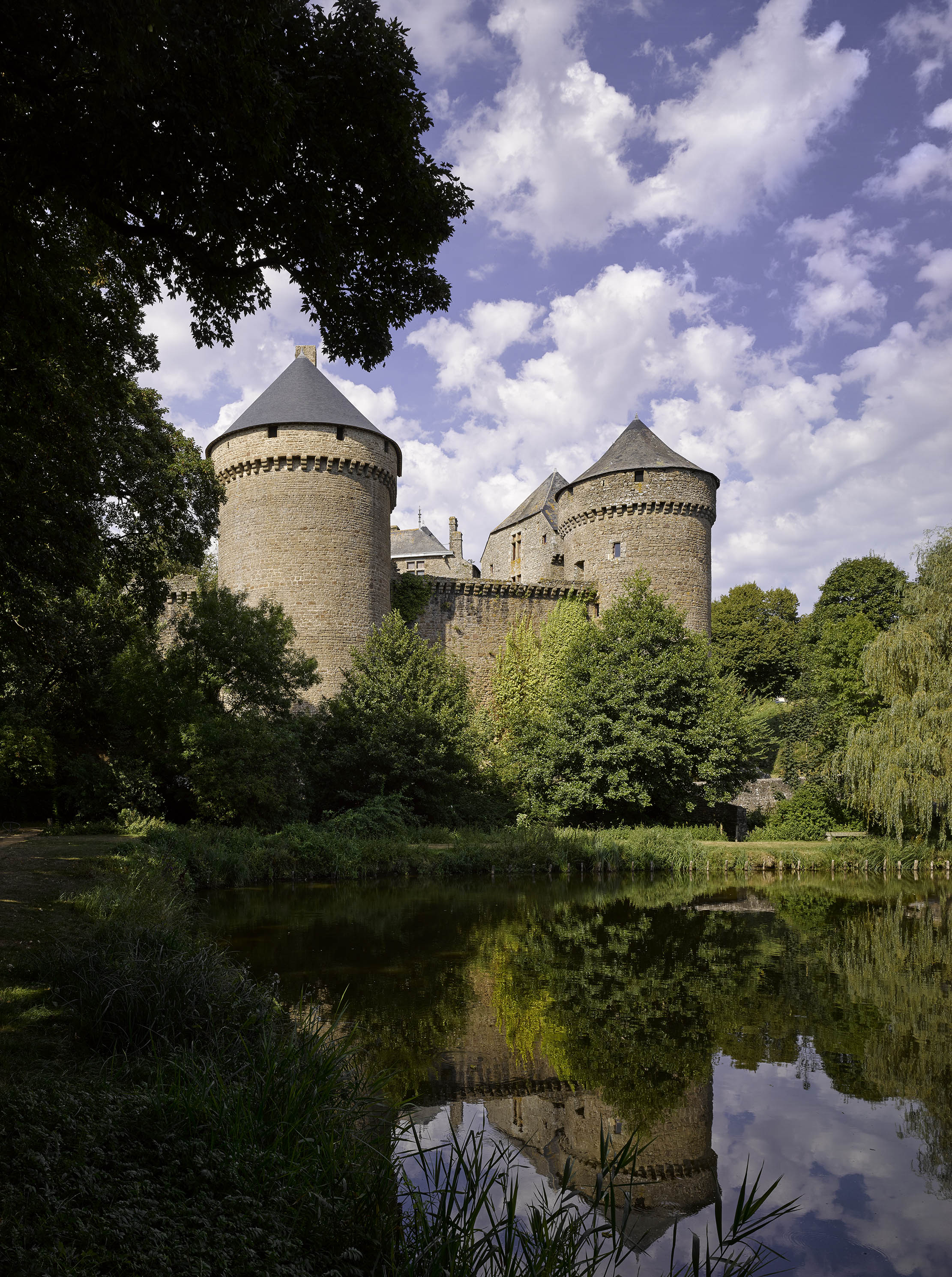
On October 22, 1417, Alençon, the city nearest to Lassay, surrendered to Henry V and, a week later, the English captured Verneuil further east. Although badly damaged by a siege, the château held out, but, in 1422, after the Earl of Salisbury had beaten off a French counter-offensive, the Dauphin ordered its demolition: the owner had gone over to the English and the Dauphinists did not want a stronghold of such vital strategic importance at the juncture of Normandy, Mayenne and the Ile de France in hostile hands.
In 1457, Jehan II, comte de Vendôme, received royal permission to refortify the site as a base to defend Mayenne should the English restart the Hundred Years’ War. He created the present castle, its plan - with eight towers - presumably inherited from the ruins of its predecessor. The new building must have been rapidly completed because the whole is remarkably consistent in detail. Constructed from ferruginous granite that changes colour under the sun or in the rain, it was given massive towers, with pepper-pot roofs and fighting galleries (Fig 6), curtain walls, a drawbridge, a postern and a moat.
The principal domestic apartments were probably grouped in the gatehouse (Fig 3), although each tower also possesses large rooms (Fig 4) comfortably appointed with large fireplaces. It is a touching reminder of such domestic use that the window embrasure in one tower bears the inscription: ‘Tuesday the XXIII day of January in the year 1470 there was born JEHAN VEILLON son of his father.’ A holly tree of exceptional scale and antiquity has grown up within the protection of the walls (Fig 1).
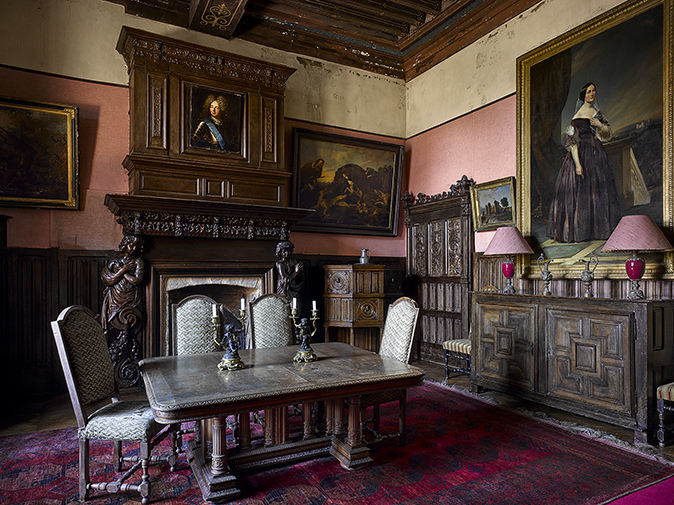
Reputedly, the castle was all paid for by Jehan’s wife, Catherine de Thouars, widow of the monstrous Gilles de Rais (the original Bluebeard), who had been hanged and burned in 1440 for mass child murder, witchcraft, necromancy and summoning demons.
Sign up for the Country Life Newsletter
Exquisite houses, the beauty of Nature, and how to get the most from your life, straight to your inbox.
The present outer fortification around the gate, termed a barbican, with its cannon loops, was probably added in the 1480s during the wars with Brittany.
During France’s appallingly bloodthirsty Wars of Religion, Lassay was coveted by Catholics and Protestants alike. In 1569, when held for the Huguenots by a garrison of 50 men and full of Huguenot ladies who had taken refuge, it was besieged by the Catholic Governor of Alençon with more than 1,000 troops. After he had brought up cannon and smashed a massive breech in the walls (whose traces can still be seen), unnerved by the screams of the terrified ladies, the Huguenot commander surrendered on terms that included a ransom from everybody of substance inside. They were very lucky not to have been put to the sword.
Lassay stayed in the French Crown’s possession despite a surprise attack by the fanatical Catholic League in 1589. When the royal governor, Louis Hurault, seigneur de Villeluisant, was hearing Mass, a band of armed Leaguers from the nearby château of Bois Thibault stormed in, a certain Jehan d’Anthenaise giving Hurault a mortal wound as he knelt in prayer. However, the attempt failed, Lassay’s garrison (59 pikemen, 30 mounted musketeers and 20 musketeers on foot) being quickly reinforced by a further 100 troops, who beat off two determined sieges.
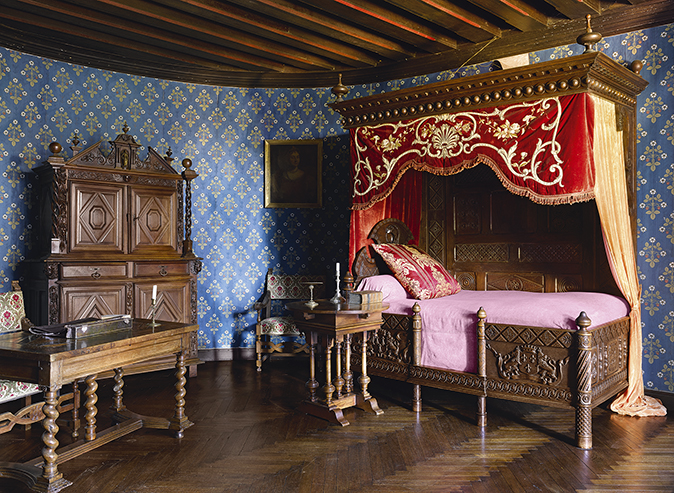
At the end of the year, Henri IV visited the castle, reducing the garrison to 10 men. In 1592, there was yet another siege, also repulsed - the last to threaten Lassay.
The château’s days as a key military stronghold were over. From 1606 until 1636, it belonged to Charlotte du Tillet, one of Queen Marie de Medici’s ladies-in-waiting, then, in 1639, after a long lawsuit, to a Gascon nobleman, Isaac de Madaillan, who was created marquis de Lassay. Isaac’s son Louis made it more habitable, inserting windows in the towers and building a new, luxurious wing north of the barbican.
The vigorous love life of Louis’s son, Armand de Madaillan, who features in Saint-Simon’s diaries, was so notorious that he earned the nickname of ‘the Grand Siècle’s Don Juan’. He met his match in his second wife: the beautiful, wildly high-spirited Marianne Pajot, who, although only an apothecary’s daughter, had been briefly betrothed to the duc de Lorraine—their wedding night in 1676 was said to have lasted for three days. In old age, Armand set up a printing press at Lassay, so that he could print his memoirs.
Their son, Léon de Madaillan, became the devoted lover of the duchesse de Bourbon, Louis XIV’s natural daughter by Mme de Montespan. In order to be near where she lived in Paris at the Palais de Bourbon, now the National Assembly, he built the Hôtel de Lassay next door, which later became the residence of the President of the Assembly.
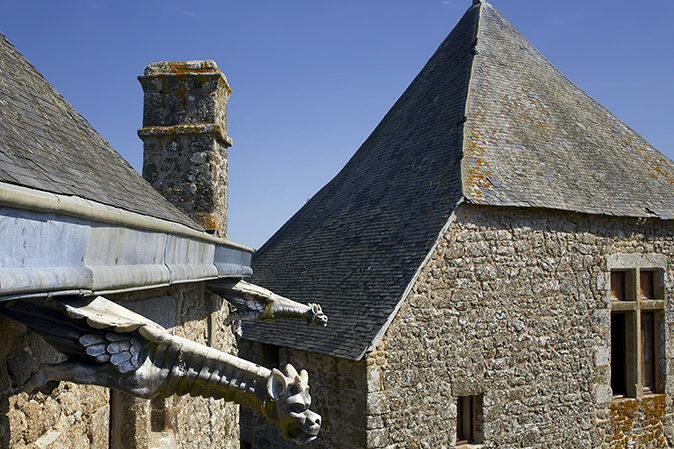
In 1750, Lassay was inherited by Léon’s nephew, Louis-Léon-Félicité de Brancas, duc de Lauraguais, a distinguished bibliophile and savant who wrote plays, was on friendly terms with Voltaire and contributed to Lavoisier’s discovery that diamonds are a form of carbon. A tower at Lassay is still known as the Tour Lavoisier. The great chemist also made use of the château for his experiments in making hard-paste porcelain from the kaolin found in the Alençon region.
Following the revolution in 1789, and led by the local nobility, large numbers of the area’s peasants took up arms to fight against the revolution in the ‘Catholic and Royal Army’ during what became known as the Chouannerie, from their hooting like tawny owls before their night attacks. By the time it was over, as many as 400,000 of them may have been killed in a ‘depopulation’ of Catholics and royalists that was ordered by the Republican government in Paris.
The Republic’s troops installed a guillotine in the courtyard at Lassay, which became one of the centres for a methodical genocide of opponents that, even today, some French historians try to deny ever took place. The duc de Lauraguais survived the revolution, but sold the château in 1798.
In 1823, Lassay was acquired by the Beauchesne family, who discouraged visitors. When the poet Victor Hugo and his mistress, Juliet Drouet, on a walking tour, tried to gain admission in 1836, the concierge refused to admit him, saying sternly: ‘My master forbids me to let in vagabonds.’ Hugo sat down outside and drew a quick sketch that captured the château’s brooding magnificence.
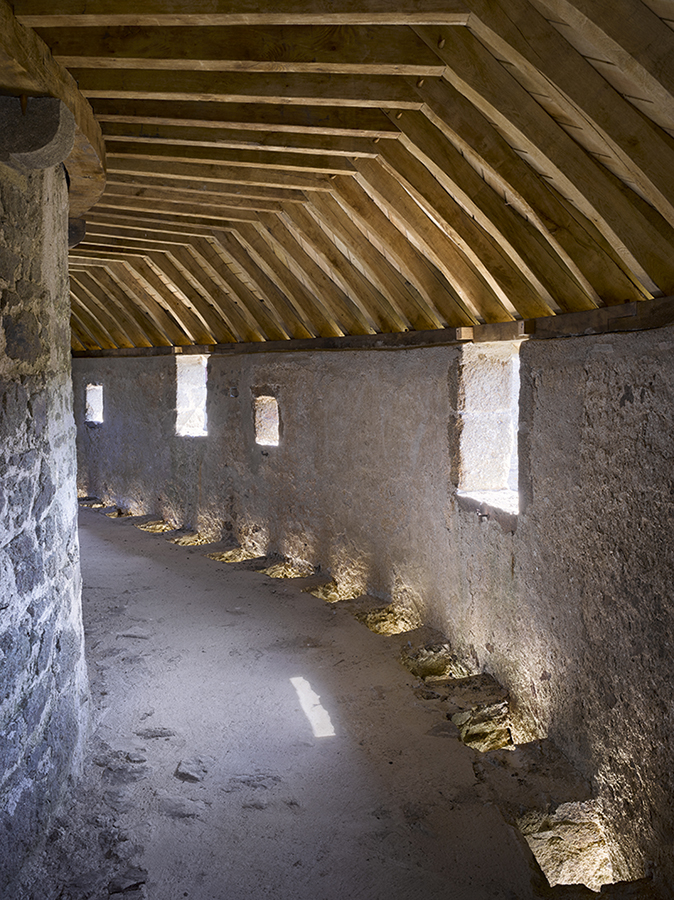
In the early 20th century Adelstan, marquis de Beauchesne, a keen antiquarian, demolished the Louis XIV wing on the north side of the barbican, in order to restore the original appearance of the castle, although he modernised the rooms in the towers, making them more comfortable.
When Adelstan died in 1935, it was inherited by a kinsman, comte Marc-Réné de Montalembert. The Montalemberts, who trace their descent back to the 11th century and, through the female line, from the builder of the original château, are a family famous for producing soldiers and scholars. (Today, its best-known member is the writer Hugues de Montalembert.)
Unshakably loyal to the Bourbon kings, the baron de Montalembert - the present owner’s forebear - led a force of French émigrés that fought against the usurper Napoleon and, in 1808, he was made a general in the British army. His commission, signed by George III, is still in the family’s possession.
After being looted in 1940 by refugees fleeing from the Blitzkrieg and then partially wrecked by German troops, the building remained deserted until, in the 1950s, Pierre de Montalembert opened it to the public, despite preferring to live at his other, more modern (17th-century) château in Brittany.
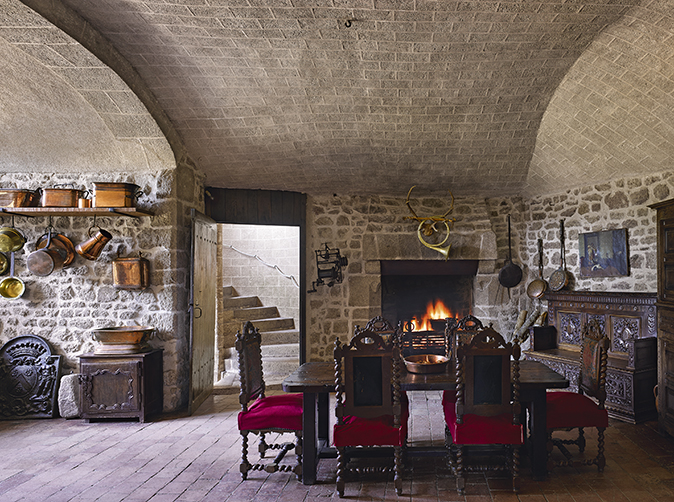
During the 1970s, his son Artus refurnished some of the towers, imaginatively assisted by his wife, Odile de Virieu. Fascinated by its history, they staged son-et-lumière spectacles that re-enacted the battles of the Chouannerie and attracting nearly 60,000 spectators.
In 1999, a storm wrecked the medieval roof timbers of the Tour Lavoisier, the biggest of the towers and the one in which the family slept. It was then damaged still further by lightning. Shortly after, a technical survey in depth found that a large section of the ramparts was about to collapse, making the place unsafe for visitors. In order to meet the huge costs of restoration, Aymeri de Montalembert and his wife, Cecilia de Zaldo, who describe themselves as ‘fous de patrimoine’ (crazy about their heritage), decided not only to live there (Fig 7), but to make the château play a really substantial role in the region’s cultural life.
They have succeeded beyond their expectations. It is now used regularly for concerts and pageants, there are guided tours and an Association des Amis de Lassay was founded in 2014. As a result, considerable funds have become available in recent years, including a grant from the French Heritage Society (its largest for 2014), which made possible the restoration of the Tour Lavoisier’s roof by specialist craftsmen (Fig 5). Work continues on the never-ending task of restoring and maintaining the rest of the fabric.
Visit http://chateaudelassay.com for further information
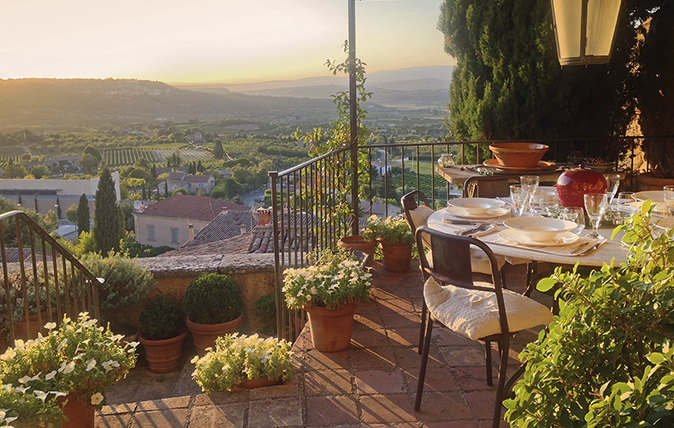
Top 10 places to buy property in France
Variety is the spice of life in France, with its cornucopia of landscapes and lifestyles open to property buyers.

Credit: Jason Lowe / Country Life
Recipe: Simon Hopkinson's take on L'Etoile's Turbot a la Monegasque
Simon Hopkinson was recently reminded of this recipe – an old favourite which he discovered at L'Etoile in the 1970s.
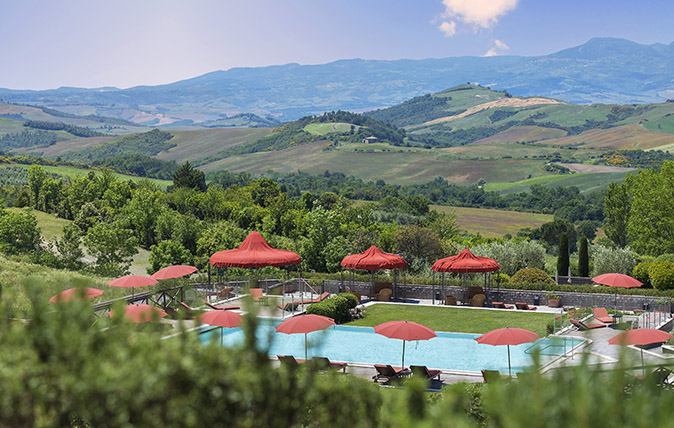
Fonteverde, Tuscany: ‘Medici mansion turned modern refuge’
Olivia Williams visits a spa retreat in the gorgeous hills of southern Tuscany.
Country Life is unlike any other magazine: the only glossy weekly on the newsstand and the only magazine that has been guest-edited by HRH The King not once, but twice. It is a celebration of modern rural life and all its diverse joys and pleasures — that was first published in Queen Victoria's Diamond Jubilee year. Our eclectic mixture of witty and informative content — from the most up-to-date property news and commentary and a coveted glimpse inside some of the UK's best houses and gardens, to gardening, the arts and interior design, written by experts in their field — still cannot be found in print or online, anywhere else.
-
 'There is nothing like it on this side of Arcadia': Hampshire's Grange Festival is making radical changes ahead of the 2025 country-house opera season
'There is nothing like it on this side of Arcadia': Hampshire's Grange Festival is making radical changes ahead of the 2025 country-house opera seasonBy Annunciata Elwes
-
 Welcome to the modern party barn, where disco balls are 'non-negotiable'
Welcome to the modern party barn, where disco balls are 'non-negotiable'A party barn is the ultimate good-time utopia, devoid of the toil of a home gym or the practicalities of a home office. Modern efforts are a world away from the draughty, hay-bales-and-a-hi-fi set-up of yesteryear.
By Annabel Dixon
-
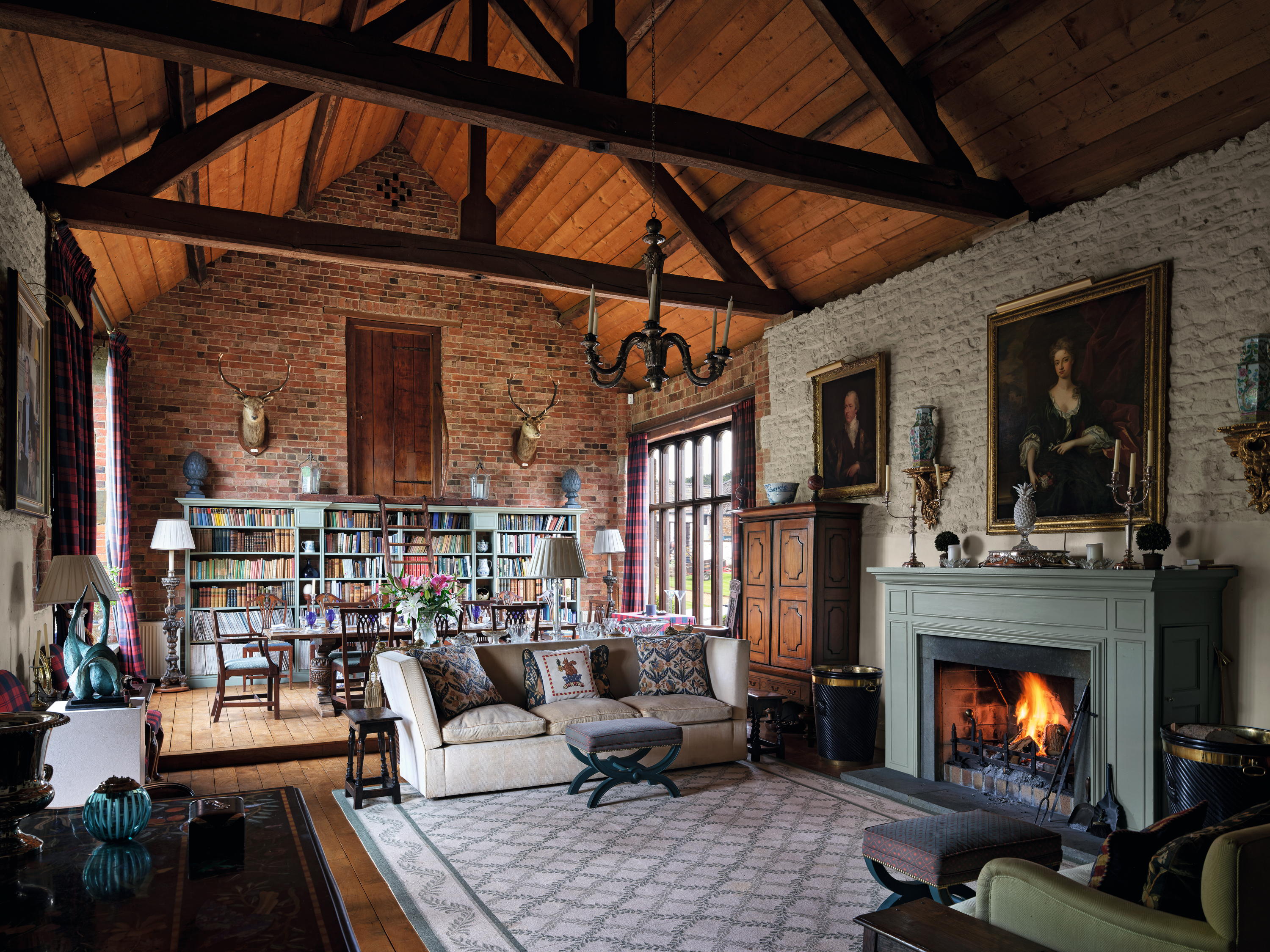 High Wardington House: A warm, characterful home that shows just what can be achieved with thought, invention and humour
High Wardington House: A warm, characterful home that shows just what can be achieved with thought, invention and humourAt High Wardington House in Oxfordshire — the home of Mr and Mrs Norman Hudson — a pre-eminent country house adviser has created a home from a 300-year-old farmhouse and farmyard. Jeremy Musson explains; photography by Will Pryce for Country Life.
By Jeremy Musson
-
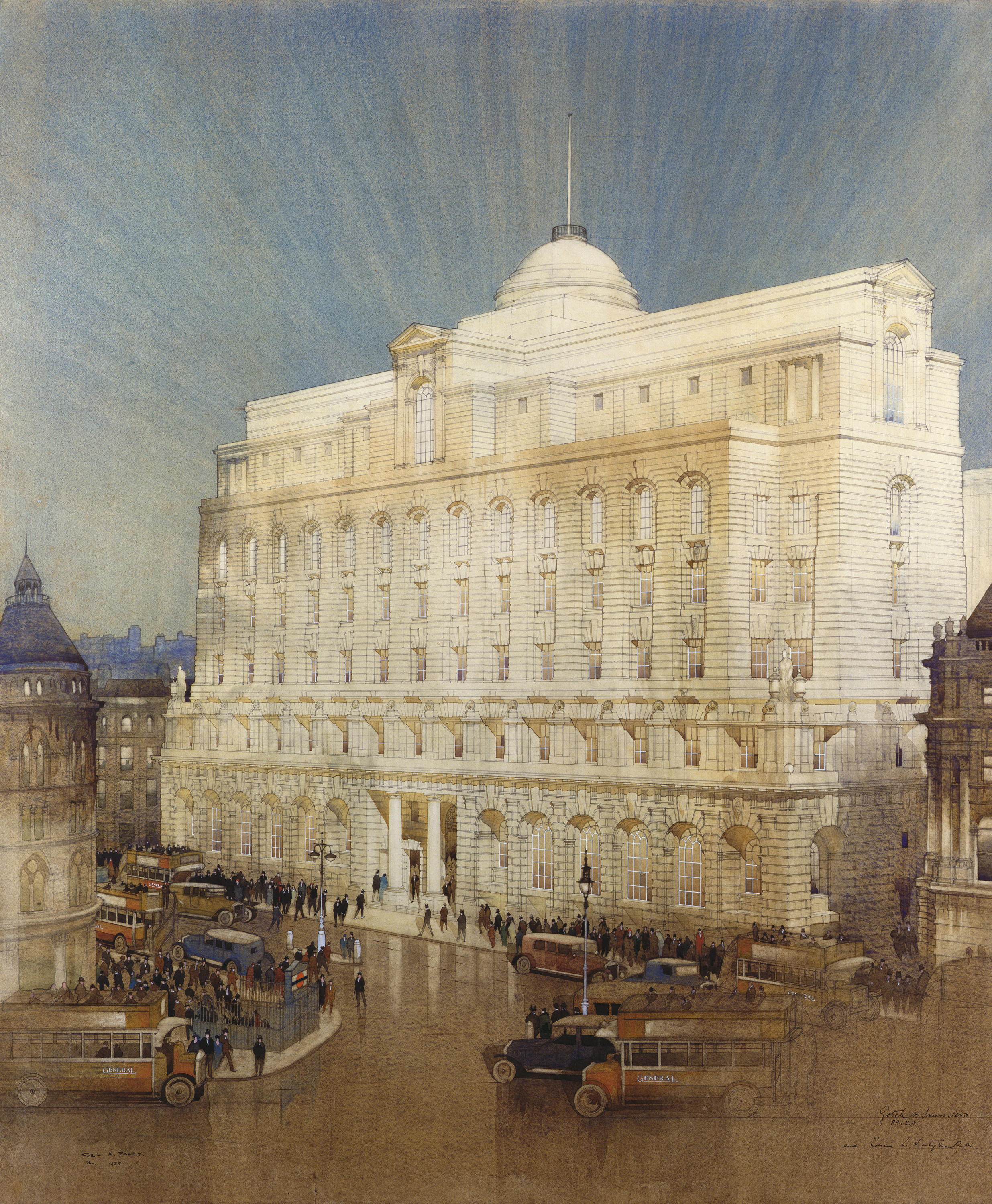 Sir Edwin Lutyens and the architecture of the biggest bank in the world
Sir Edwin Lutyens and the architecture of the biggest bank in the worldSir Edwin Lutyens became the de facto architect of one of Britain's biggest financial institutions, Midland Bank — then the biggest bank in the world, and now part of the HSBC. Clive Aslet looks at how it came about through his connection with Reginald McKenna.
By Clive Aslet
-
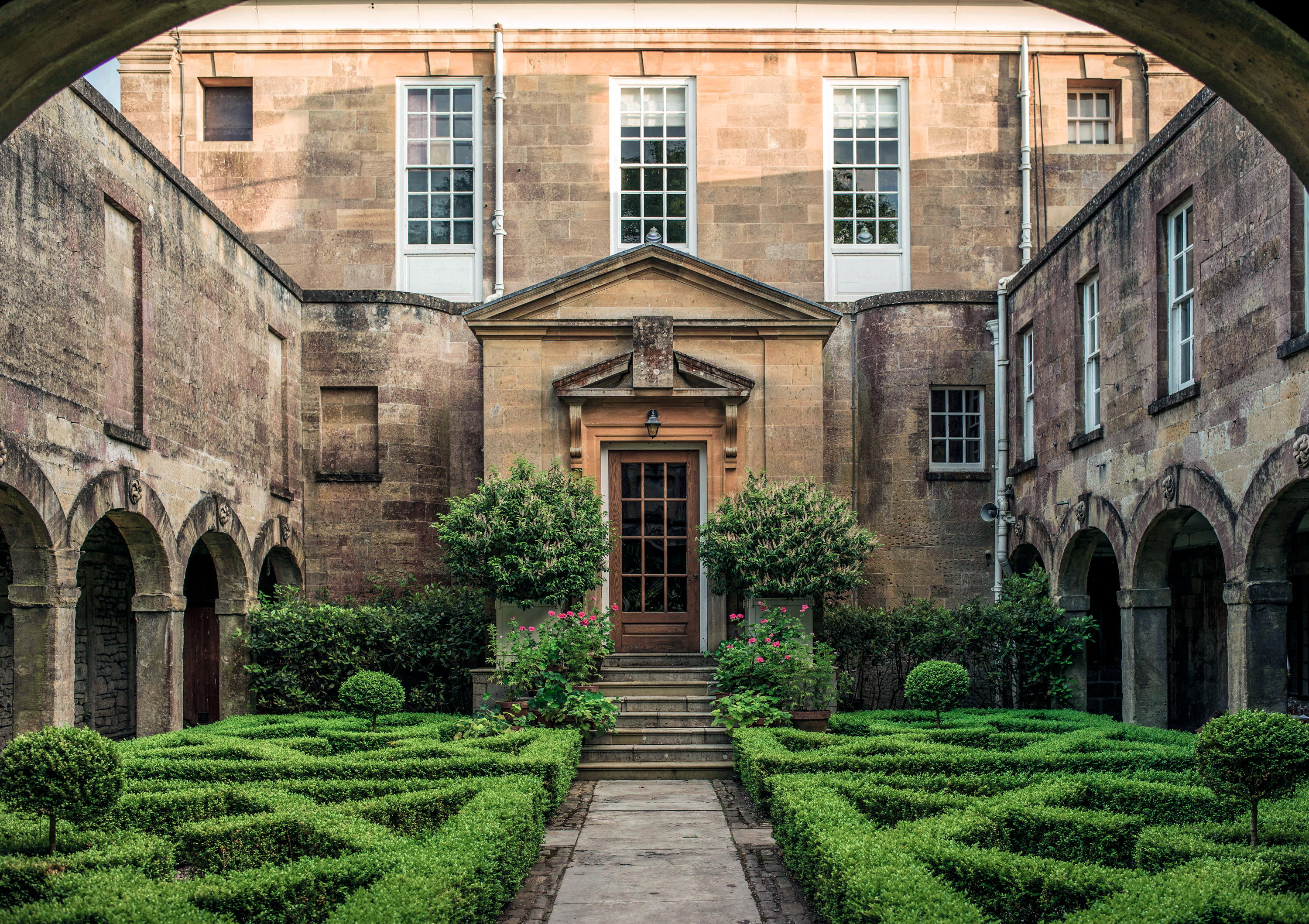 'There are architects and architects, but only one ARCHITECT': Sir Edwin Lutyens and the wartime Chancellor who helped launch his stellar career
'There are architects and architects, but only one ARCHITECT': Sir Edwin Lutyens and the wartime Chancellor who helped launch his stellar careerClive Aslet explores the relationship between Sir Edwin Lutyens and perhaps his most important private client, the politician and financier Reginald McKenna.
By Clive Aslet
-
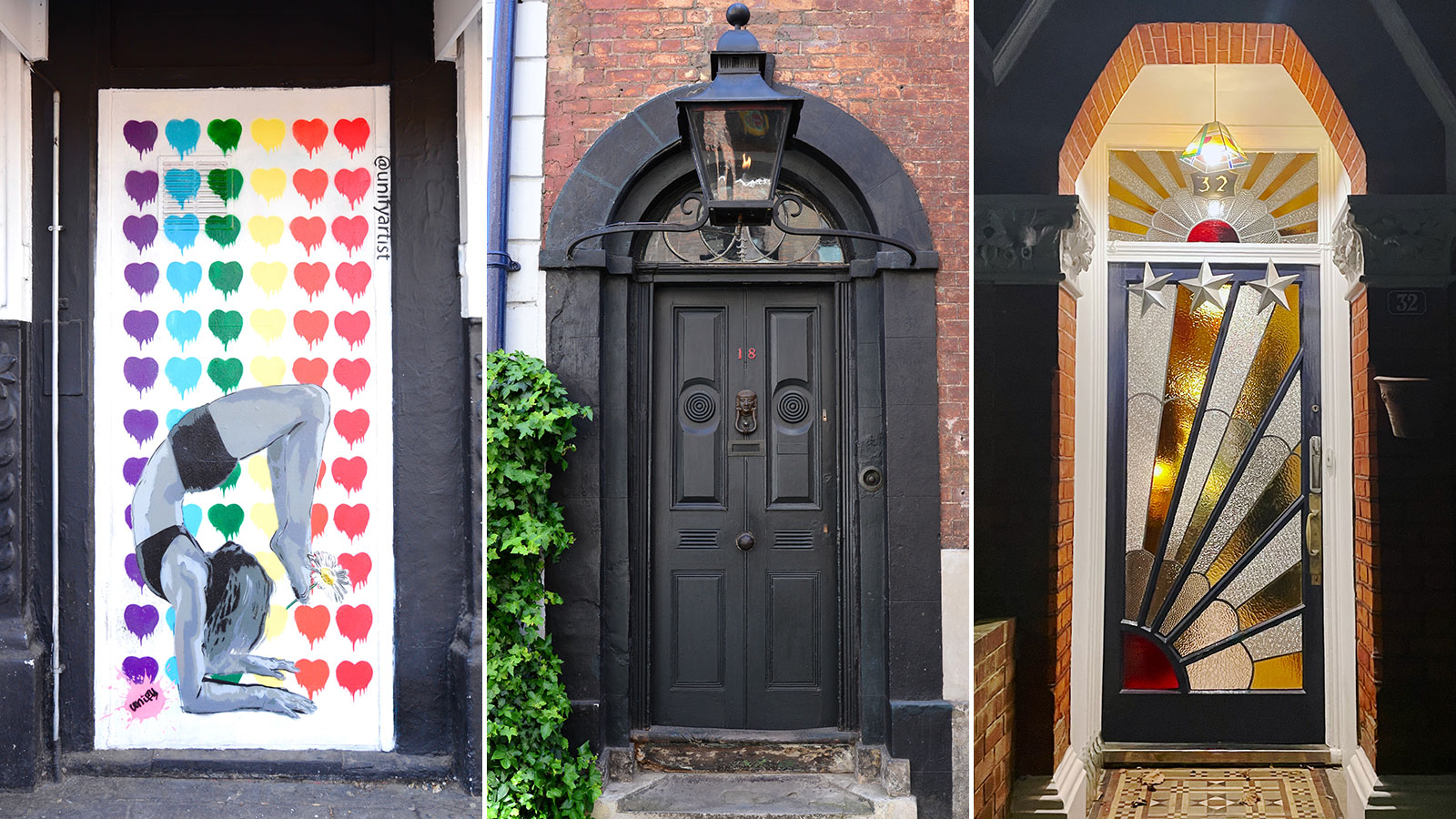 Cath Harries — The photographer on a 15-year quest to find the most incredible doors in London
Cath Harries — The photographer on a 15-year quest to find the most incredible doors in LondonBy Toby Keel
-
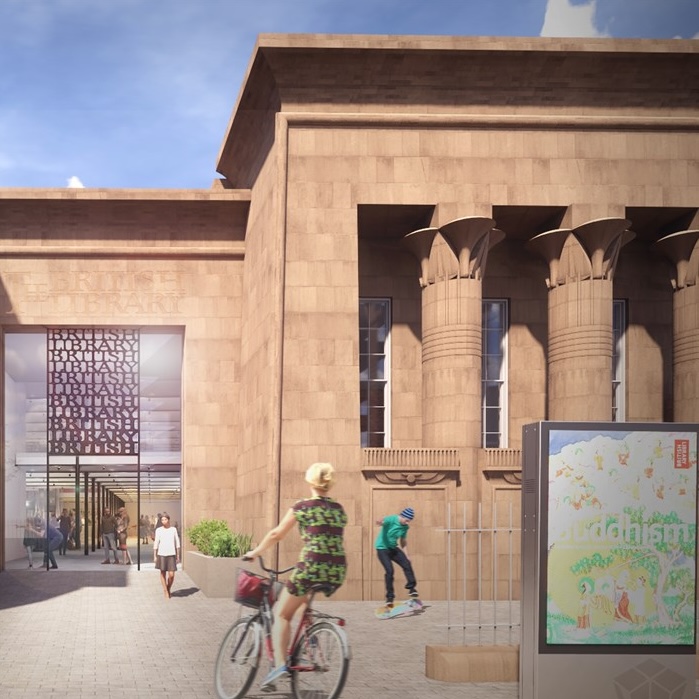 The extraordinary Egyptian-style Leeds landmark hoping to become a second British Library — and they used to let sheep graze on the roof
The extraordinary Egyptian-style Leeds landmark hoping to become a second British Library — and they used to let sheep graze on the roofThe project has been awarded £10million from the Government, but will cost £70million in total.
By Annunciata Elwes
-
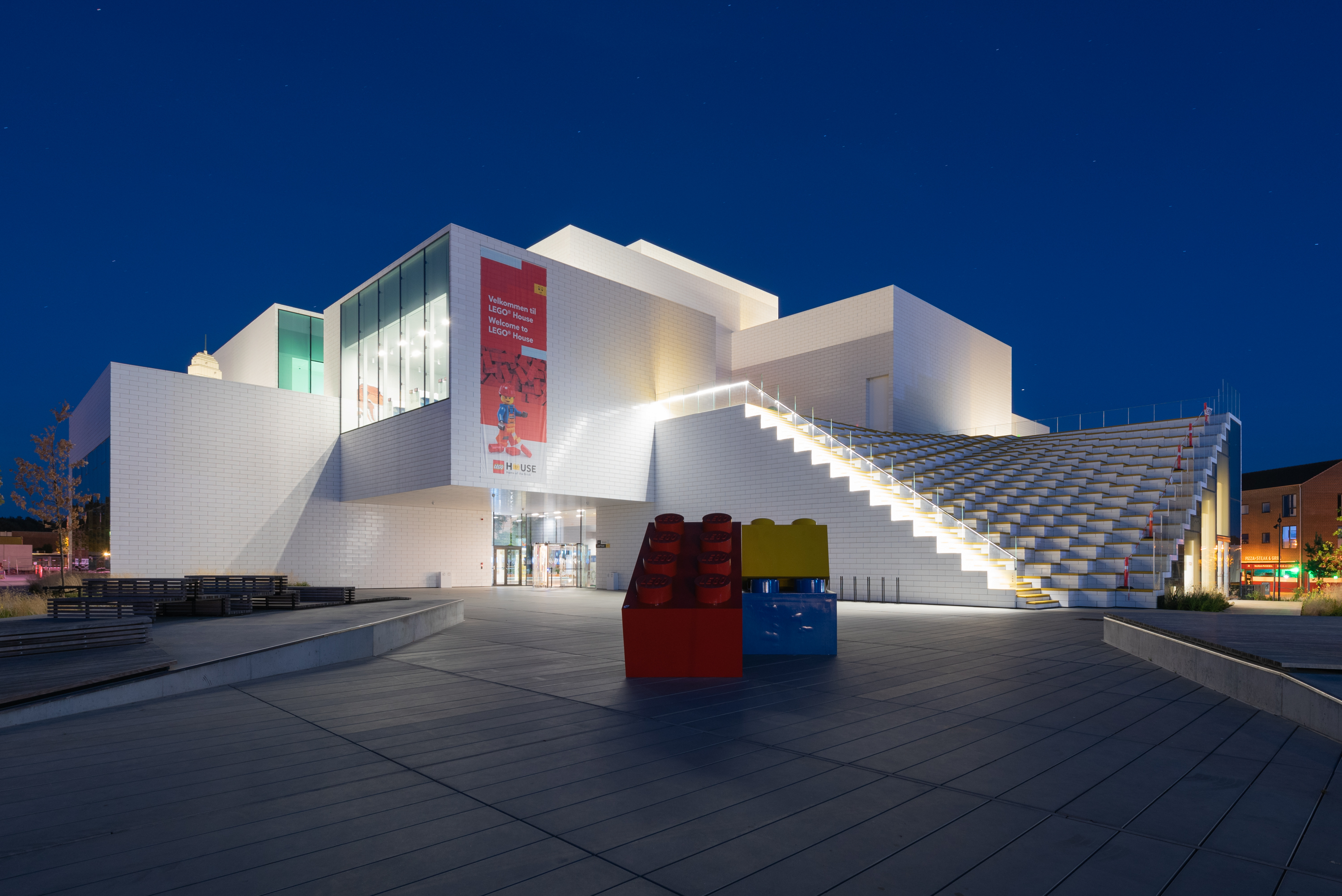 Art, architecture and plastic bricks at Lego House: 'It's as if the National Gallery set up easels and paints next to the masterpieces and invited you try your hand at creating a Van Gogh'
Art, architecture and plastic bricks at Lego House: 'It's as if the National Gallery set up easels and paints next to the masterpieces and invited you try your hand at creating a Van Gogh'The rural Danish town where Lego was created is dominated by the iconic toy — and at Lego House, it has a fittingly joyful site of pilgrimage. Toby Keel paid a visit.
By Toby Keel
-
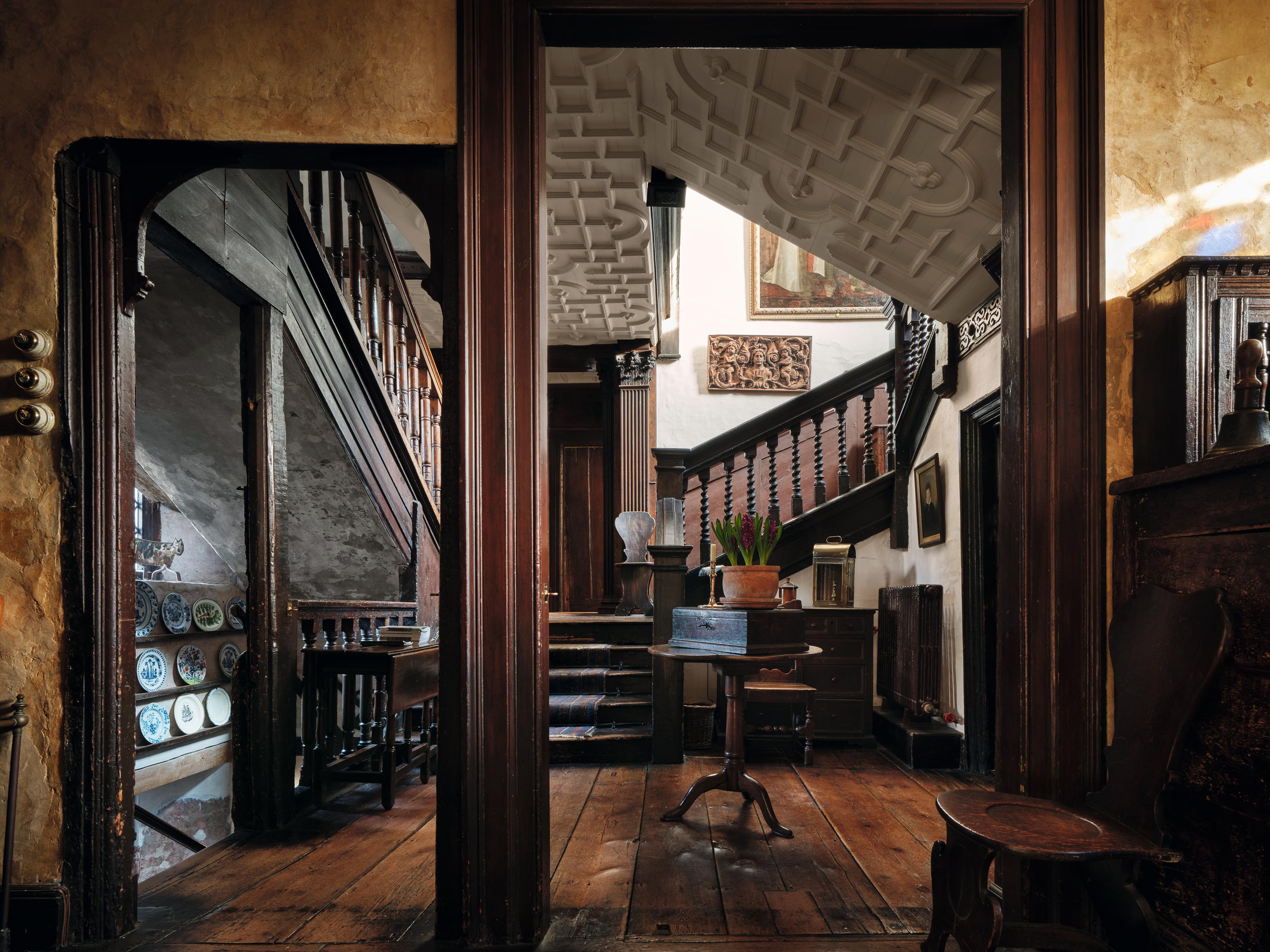 Restoration House: The house in the heart of historic Rochester that housed Charles II and inspired Charles Dickens
Restoration House: The house in the heart of historic Rochester that housed Charles II and inspired Charles DickensJohn Goodall looks at Restoration House in Rochester, Kent — home of Robert Tucker and Jonathan Wilmot — and tells the tale of its remarkable salvation.
By John Goodall
-
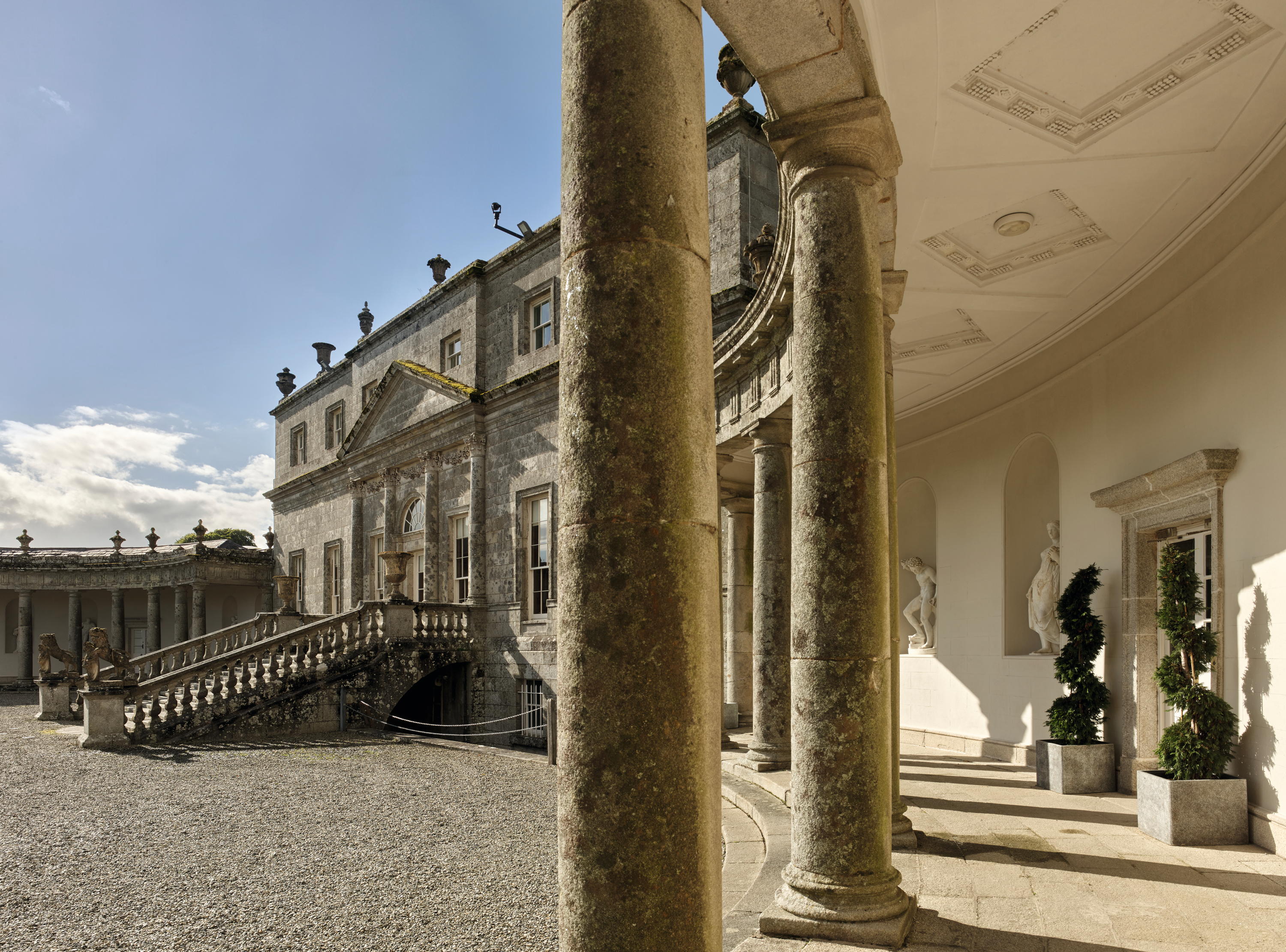 'A glimpse of the sublime': Inside the drawing room of the 'grandest Palladian house in Ireland'
'A glimpse of the sublime': Inside the drawing room of the 'grandest Palladian house in Ireland'The redecoration of the drawing room at Russborough House in Co Wicklow, Ireland, offers a fascinating insight into the aesthetic preoccupations of Grand Tourism in the mid 18th century. John Goodall explains; photography by Paul Highnam for Country Life.
By John Goodall